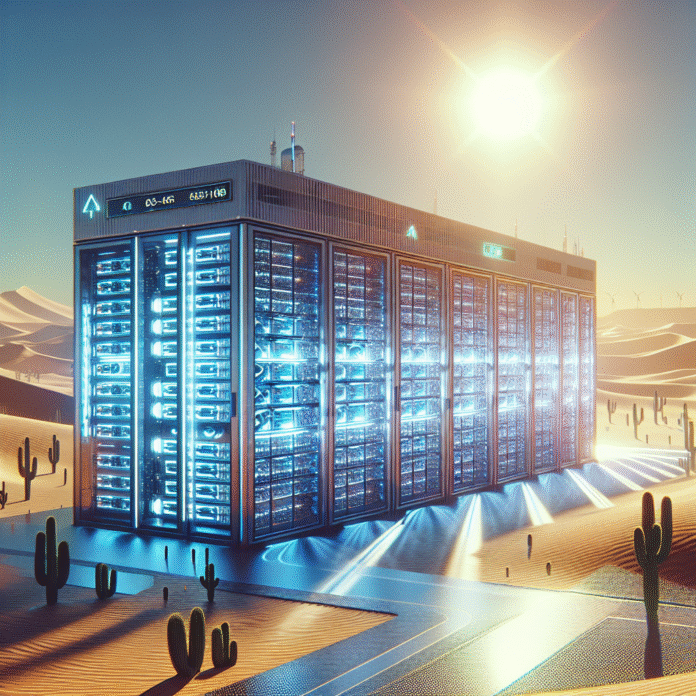Heat Waves Threaten AI Data Centers
Heat Waves Endanger Data Centers That Power AI
As climate change intensifies, heat waves are becoming increasingly frequent and severe, posing significant risks to the data centers that underpin artificial intelligence (AI) technologies. These facilities, which house the servers and infrastructure necessary for processing vast amounts of data, rely heavily on efficient cooling systems to maintain optimal operating temperatures. When external temperatures soar, the challenges of keeping these systems cool escalate, potentially jeopardizing the performance and reliability of AI applications.
The Impact of Rising Temperatures
Data centers are designed to operate within specific temperature ranges. When heat waves push ambient temperatures beyond these limits, the risk of overheating increases, potentially leading to server malfunctions or failures. Even short periods of elevated temperatures can result in significant downtime, which can disrupt services and lead to substantial financial losses. The increased demand for cooling also places additional strain on energy resources, raising operational costs and contributing to a cycle of excessive energy consumption.
Cooling Solutions and Innovations
To mitigate these risks, data center operators are exploring various cooling solutions. Traditional air conditioning systems are being supplemented or replaced with more energy-efficient technologies such as liquid cooling and evaporative cooling. These methods not only enhance cooling efficiency but also reduce the carbon footprint of data centers, aligning with broader sustainability goals.
Moreover, some facilities are leveraging artificial intelligence itself to optimize cooling operations. AI algorithms can analyze data from sensors throughout the data center to predict temperature fluctuations and adjust cooling systems in real time, ensuring that servers remain within safe operating conditions while minimizing energy use.
The Role of Renewable Energy
The transition to renewable energy sources is another critical aspect of making data centers more resilient to heat waves. By powering operations with solar, wind, or hydropower, data centers can reduce their reliance on fossil fuels, which are often subject to supply chain disruptions during extreme weather events. Additionally, renewable energy can help stabilize energy costs, providing a buffer against the rising prices associated with increased demand during heat waves.
Future Challenges and Considerations
As the frequency and intensity of heat waves are projected to rise, the data center industry must adapt to these challenges proactively. This includes investing in infrastructure that can withstand extreme temperatures, implementing robust disaster recovery plans, and exploring geographic diversification to reduce the impact of localized climate events.
In conclusion, as the backbone of AI infrastructure, data centers face significant threats from rising temperatures and heat waves. By embracing innovative cooling solutions, investing in renewable energy, and leveraging AI for operational efficiencies, these facilities can enhance their resilience and ensure the continued reliability of the technologies that increasingly shape our world. The future of AI may depend on how effectively these challenges are addressed in the face of a changing climate.
